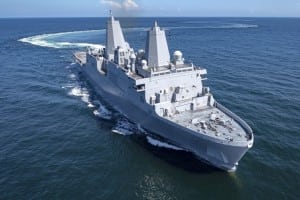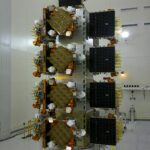
The Navy’s FY 2021 budget request said the service is seeking $30 million to start working on a future amphibious ship and another $30 million on a future logistics ship. In the budget highlights book, the Navy said it plans to invest the requested $60 million for research and development of the new intra-theater vessels able to support both Expeditionary Advanced Base Operations (EABO) and Littoral Operations in a Contested Environment (LOCE). “A next generation medium amphibious ship will be…

 By
By 











